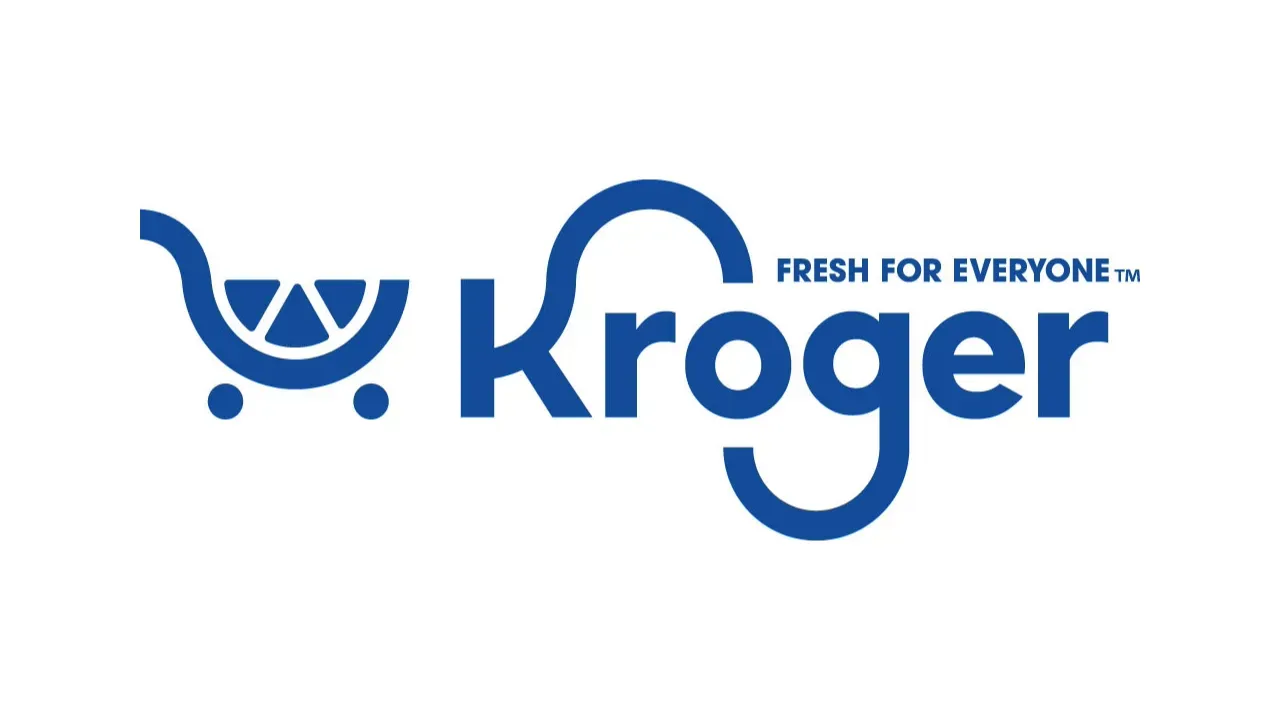In today’s volatile market, it’s become increasingly important to understand how shoppers’ buying patterns are changing over time. Market shocks like COVID-19, supply chain issues and inflation have spurred trends influencing sale growth trajectories across categories and channels — with many here to stay. These trends have set the foundation for how shopper behaviors are shifting, revealing key opportunities for growth and white spaces for innovation.
 Today’s Top Retail Trends
Today’s Top Retail Trends
Retail trips and baskets are shifting; product and channel offers are rapidly evolving; and consumers are responding to shortages and increasing prices, while also seeking products that meet their needs, like self-care and sustainability. Despite more sensitivity around pricing, consumers are positively reacting to product innovation in the market. Consumers are showing great interest in new products across several categories, including beverages, self-care, household goods and frozen convenience foods.
With an increased desire to entertain at home, for instance, consumers have actively explored new alcohol and non-alcohol beverages with innovative flavors and ingredient combinations in the past two years. At-home cooking occasions remain elevated compared to pre-pandemic levels, and consumers are exploring new flavors to make their cooking experience more exciting.
What’s more, the channels where consumers shop are changing. Customers are not stocking up on products as much as they did during the pandemic, and more consumers are shopping at value channels due to inflation and rising prices. These factors have also led many consumers to opt for smaller pack sizes. Devising strategies to retain current shoppers and reengage lapsed shoppers has never been more vital.
Sustainability and product transparency remain important factors for shoppers in all categories, as consumers value products with “clean” attributes, such as reducing carbon footprint and simple ingredients. Innovators should take note of these trends and how they contribute to consumers’ overall impression of a product or brand.
The Future State of Shopping
While analyzing current shopping patterns is critical to identifying growth opportunities, it is also essential for retailers to consider the long-term outlook of future shopping trends. Many brands focus on engaging with younger generations, who currently hold great purchasing power. Yet, older populations will exceed younger populations in the 2030s. According to the U.S. Census Bureau, the shift will occur in 2034, when there will be 77 million people 65 years and older compared to 76.5 million under the age of 18.
Today, the majority of discretionary spending is coming from older shoppers whom retailers need to understand. Older shoppers tend to view shopping as an experience and are often open to paying higher prices for premium products. They tend to be loyal to products and brands they use and trust and are more quality conscious. Being aware of their needs offers a lucrative opportunity for retailers to win with some of the most valuable shoppers in the market.
Increasing Share of Wallet Among High-Value Consumers
Share of wallet is a leading indicator of customer lifetime value, and increasing share of wallet among high-value customers is essential for enterprise growth. Valuable shoppers make up two-thirds to three-fourths of a retailer’s total sales. As many retailers already track customer lifetime value, they are increasingly recognizing the importance of monitoring omnichannel share of wallet. By understanding a customer’s share of wallet today, retailers can quantify future wallet shares to predict a customer’s lifetime value.
To increase wallet share among high-value consumers, it is essential for retailers to understand purchasing behavior and implement strategies that increase customer satisfaction (often overlooked) and loyalty. Taking action to engage these customers with addressable headroom will increase share of wallet and ultimately improve their overall lifetime value.
Fernando Salido is executive vice president of global analytics and insights at IRI.





